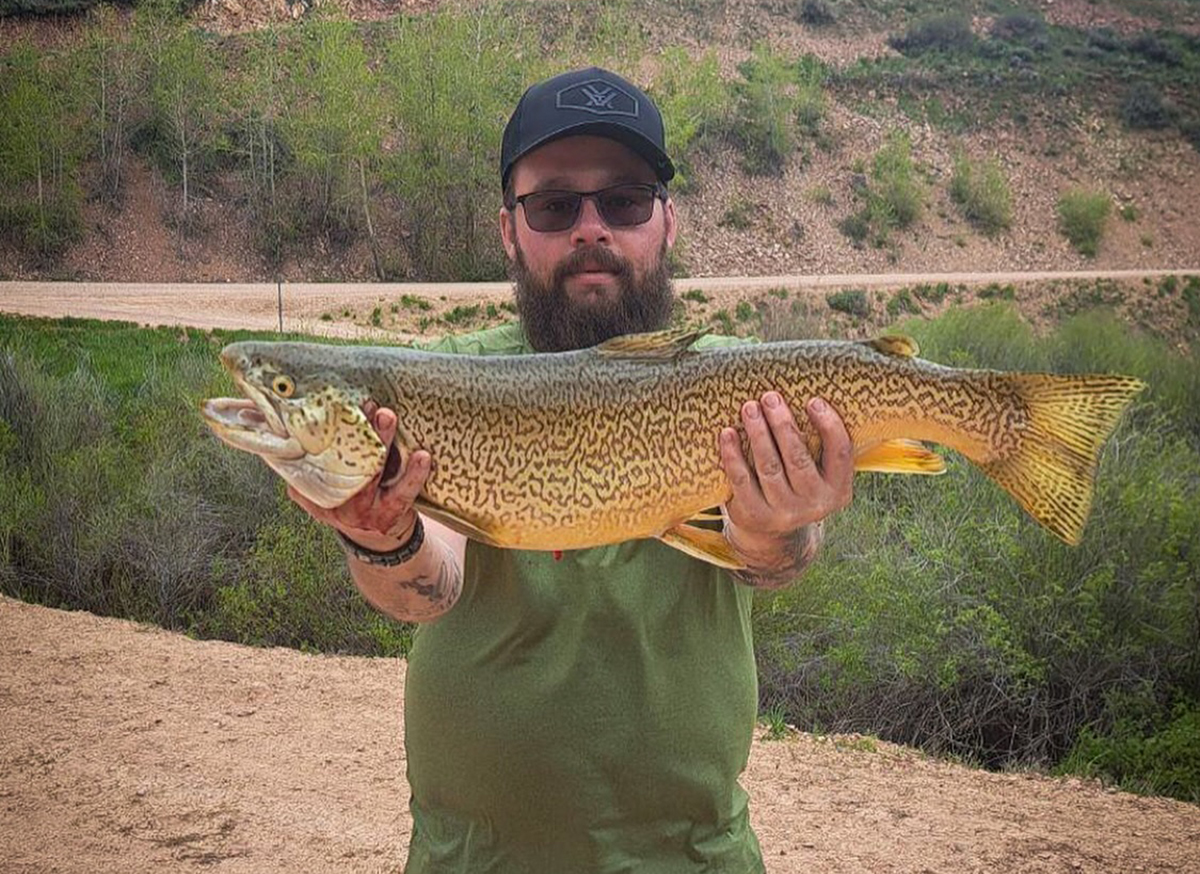I love Barlows. A Barlow is what ignited my interest in traditional pocket knives, and the main focus of my collecting to this day. I’m not alone; many knife enthusiasts consider the Barlow to be among the best patterns, and even non enthusiasts often know the name. But what actually is a Barlow? What makes a knife a Barlow… or not a Barlow?
The defining characteristic of the Barlow pattern is an elongated bolster. More specifically, the rule is typically given as the pivot end bolster being 1/3 the total handle length. A Barlow has no end cap, or butt end bolster. The Great Eastern Cutlery Barlows (so far….) have all held true to this rule, with the following bolster to handle length percentages: #14 36%, #15 36%, #25 33%, #77 36%, #86 35%. There is also the so-called Grandaddy Barlow, which is a larger and, particularly, longer version of the Barlow. While Grandaddy Barlows have extended bolsters as compared to other similarly sized knives, their sheer size would make a full 1/3 length bolster less aesthetically appealing. That said, the large Barlows GEC has made still stick close to the 1/3 rule, with the Northwoods Madison being 31% and the Remington “The Cowboy” at 29%. Case Barlow bolsters are also around 35%. Where does the percentage cutoff lie? How short is too short? It’s tough to say, but usually easy to see. For example, the currently being released GEC #78 Bullet End Barlow doesn’t indisputably make the cut to my eye, and it is around 26%. So the most distinctive feature of a Barlow is the extended Bolster.
Barlows have really been on a run the past year-plus. We remarked on the trend in our SHOT Show coverage, but it is only increasing.
Read the whole thing at KnifeThoughts.com
Read the full article here




